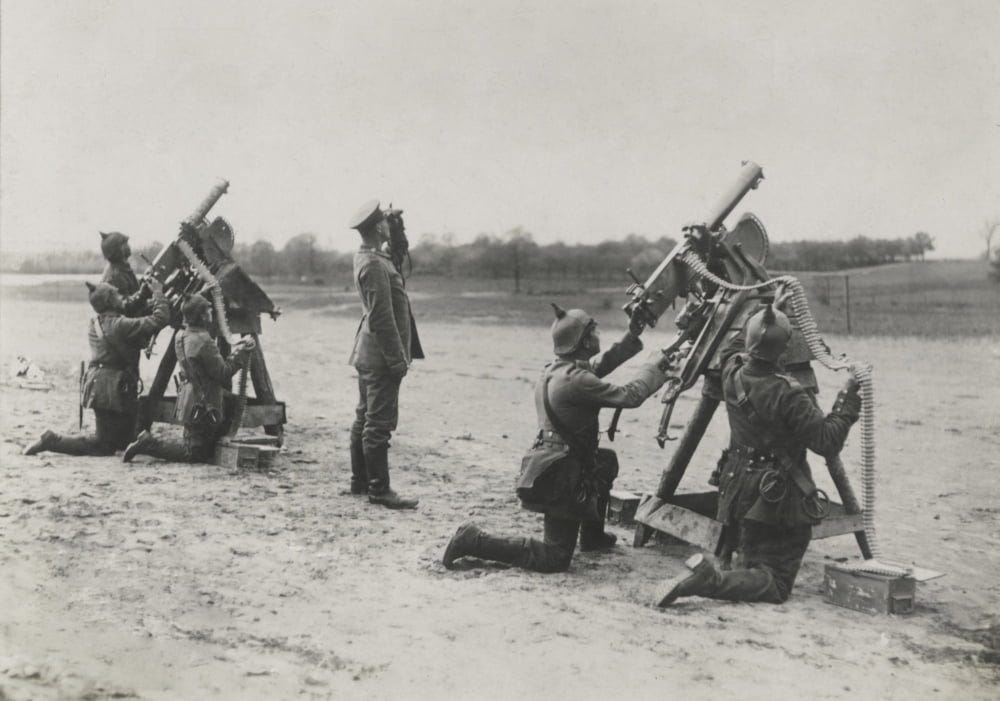The Joys of Arms
End The Tyranny of Capability.
What is wrong with capability?
It’s fine. Like anything, it can be taken too far. Capability is a narrow view. It breaks the world of weapons, culture and organisation into parts, resulting in a tendency to miss the ‘gestalt’.
Breaking things into parts is useful, but only as a subordinate aim of something else.
Looking closely at the range of a particular weapon usefully pushes at the edges. A technological seeking takes place. Other areas are scrutinised all in the aim of making that particular thing more in that specific way. More range. More speed. More lethality.
Naturally, this improves adjacent areas. More range usually gives more effective range. More speed is typically an indicator of more relevance - although it can sometimes mean less. More lethality probably incorporates some unit of energy distributed over some unit of area for some unit of time.
But none of these are a given. Strength begets weakness and everything has a price.
So what should we do instead? What is an appropriate antidote to this imperfect frame?
How to use weapons matters and it takes a long time to learn how to use them. Weapons are curious creatures that fight against their domestication. And they are extraordinarily hard to think about with clarity.
Consider the story of the Machine Gun:
Why didn't Infanteers have Machine Guns in much greater numbers in 1914?
The only units that had a serious reliance on them were Mounted Troops (because of horse holding from 1 in 4 men) and Mountain Troops (because efficient holding of defiles).
Yet by the end of 1918, infantry had essentially become the ‘Machine Gun Arm’. Such was their proliferation that only two types of infantry existed by the end of the war: those that specialised in serving Machine Guns and those specialised in assaulting Machine Guns.
But Machine Guns had existed for 50 years. Why wasn't everyone using loads of them in 1914?
If you are a platoon commander in 1914, you have bolt action, breech loading, rifles. Your men fire 30 rounds per minute, and do so accurately and reliably. What is your biggest concern? Running out of ammunition. Why on earth would you take an heavy, cumbersome, complicated and expensive device that makes your biggest problem worse?!1
If it isn’t true, it should be.
This story usefully illustrates some things that could be said for most weapons:
Thinking about weapons is hard.
Understanding their dependencies is harder.
Predicting their interactions is harder still.
Integrating weapons is multi-generational activity.
We should have a kind interpretation of our ancestors’ efforts to muddle through their own puzzles.
To think through these challenges with clarity, we must remove the glasses of capability and don the spectacles of Arms Culture.
Arms Culture is a great focus of this substack (along with a bunch of other miscellany).
Arms are families of capability coupled with a perspective.
“What you see and what you hear depends a great deal on where you are standing. It also depends on what sort of person you are.”2
Composed Arms aims to put some more weight on the Art side of the Art vs Science see-saw, and one way we shall do that is by taking a look at Arms and their perspectives.3
Our “The Tyranny of …” series paints a picture of a fallen world. One we inhabit, that we see, but struggle to articulate.
However, we cannot be merely opposed to how things are, offering little more than perpetual rebellion. No, we must offer a way out. Thus, our “The Joys of …” series will light a path of how things should be.

A heavily paraphrased summary of personal notes from Chapter 2 (The Grip of Hiram Maxim) of On Infantry (1994) by John A English and Bruce I Gudmundsson.
C.S. Lewis, The Magician's Nephew.
For more, see Prof Storr, Jim, “Neither art nor science ‐towards a discipline of warfare”, RUSI Journal, Vol 146, 2001, Issue 2.


